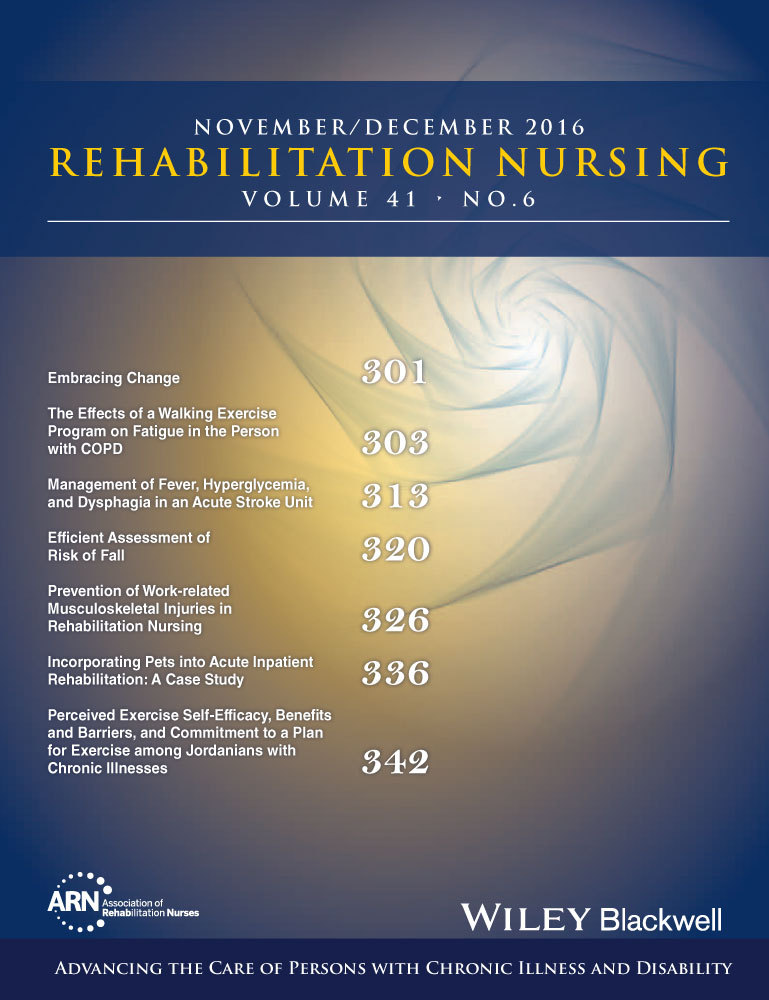Self-Help Groups as a Support Strategy in Nursing: A Case Study
Abstract
Self-help groups can be regarded as supplementary sources of support outside of clients' existing social network, and as such, are important in planning nursing care. Nurses traditionally are socialized and educated in the expert care provider role. Although they are not used to responding to lay support networks, they can effectively cooperate with self-help groups. The aim of this qualitative study using the case study approach was to describe capabilities of a female cardiac nurse who includes self-help groups in her plan for the support of cardiac clients. Her confidence in human strength and her insight into the disease situation were interpreted as factors that may have accounted for her flexible attitude to caring and her ability to appreciate lay care. This nurse has expanded her professional role by increasing clients' care with regard to their social environment. When using self-help groups as a support strategy, she acts as a resource mobilizer and facilitator, who contributes to the empowerment of her clients.




